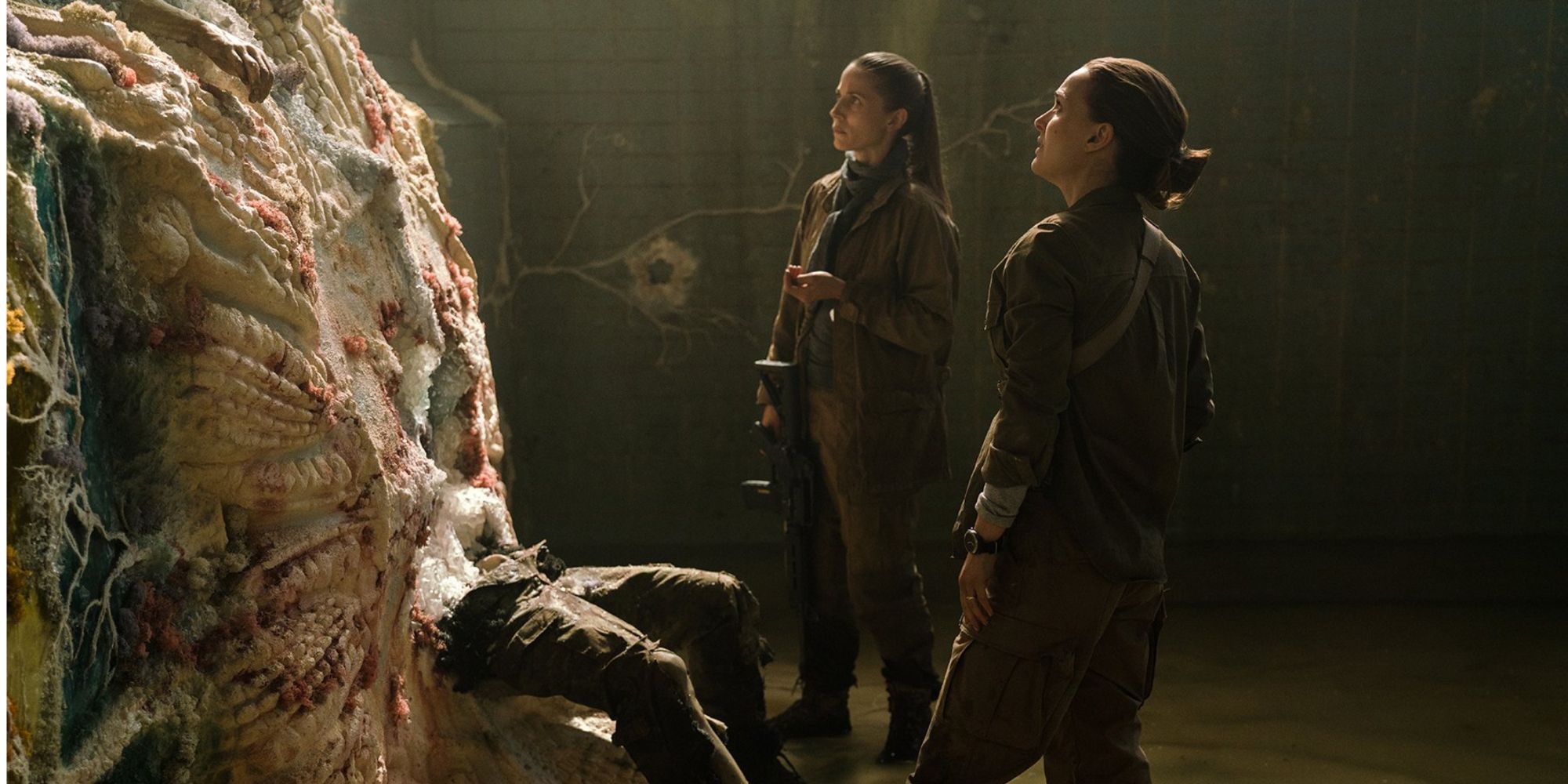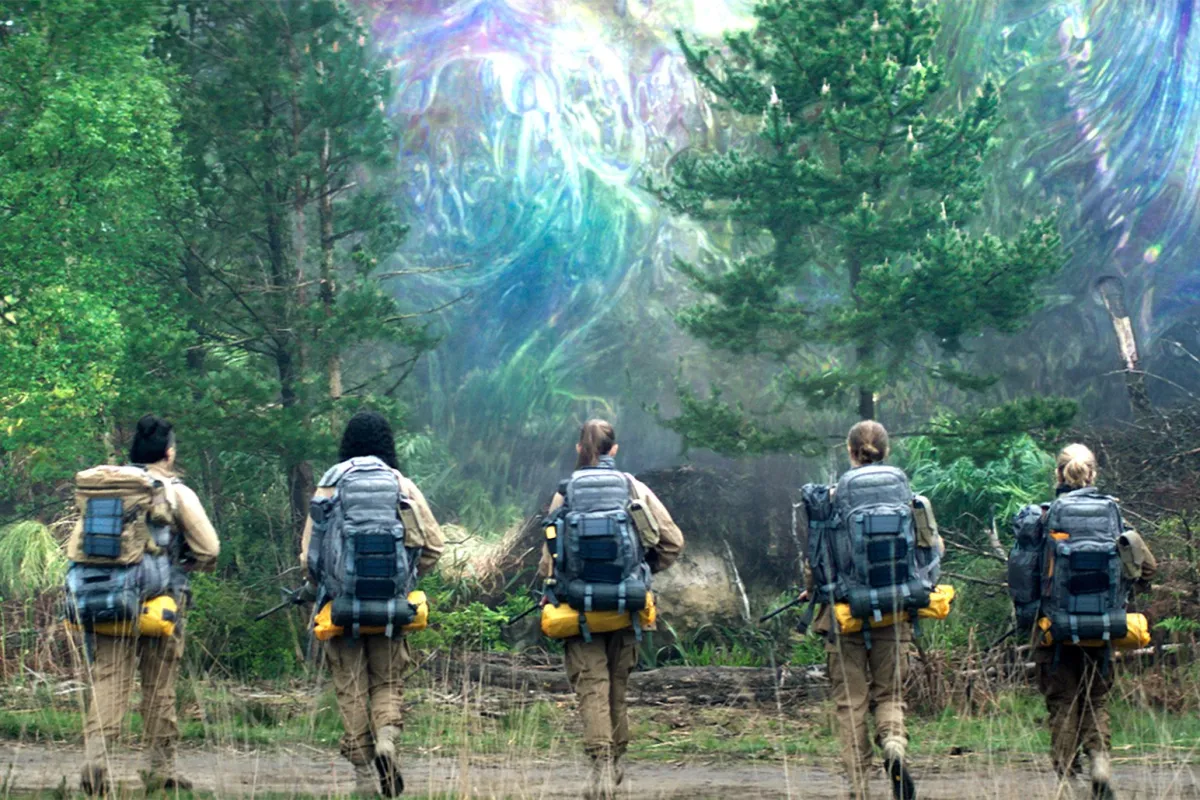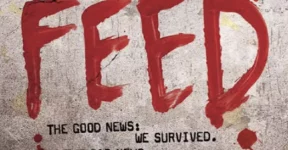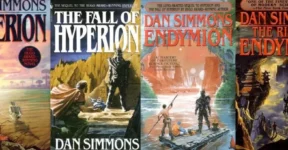First things first, there has been some confusion about Weird Fiction and New Weird. We’re actually reluctant to call it “confusion” simply because the mixture of genres isn’t entirely a problem as long as they can avoid negating one another. For instance, science fiction works well with horror—as observed in novels like Into the Drowning Deep by Mira Grant and Under the Skin by Michel Faber or in films including Alien (1979) and Crimes of the Future (2022). And if you’re familiar enough with the mixed genre, you know that it’s not uncommon to include additional elements of romance, drama, history, and even comedy into the mix as well. There’s nothing wrong with that, given proper characterization and storytelling.

Now, let’s take a look at how weird fiction and New Weird subgenres differ from each other:
| Weird Fiction | New Weird |
| Gothic undertones in the style of Lovecraft | Subtle tones of the author’s political views. In some cases, the political ideals are clearly stated. |
| Plenty of pulpy tropes | Horrifying sceneries are seen as normal. |
| Horror is prioritized over the “weirdness” or uncanny peculiarities. The latter still exists, but not to the extent of the former. | The horror elements can be replaced entirely with the uncanny. |
| A blend of fantasy, speculative fiction, and horror | A loose mixture of sci-fi and horror |
| Weird fiction often tries to offer solutions to older horror tropes | The characters display a sense of vulnerability. |
| New Weird has a lot in common with surrealist literature, but without the typical heavy emphasis on satire. |
Since it’s objectively difficult to pinpoint what “weird” really signifies—especially in relation to fictional stories—it might be better to refer to Cambridge Dictionary, which defines the term as:
- very strange and unusual, unexpected, or not natural, or
- strange and different from anything natural or ordinary.
In other words, weird is anything that doesn’t belong in a certain environment. It’s an abstract feeling you have when either encountering something that shouldn’t be there or not encountering something that’s supposed to be there in the first place. Take a ghost as an example. When you’re reading a supernatural horror story that involves a ghost, then it’s not weird if the characters bump into a ghost or two; the same thing applies each time an alien appears in the scene while you’re watching a film about space exploration. Things only get weird in the event the characters use some kind of pseudoscientific tools or devices to kill ghosts, or cast a spell to subdue hostile extraterrestrial species. If you have the time to overthink Ghostbusters and Transformers: The Last Knight, you’ll probably come to the conclusion that they’re weird fiction and New Weird, respectively.
Has It Redefined Sci-Fi Horror?
Bear in mind that modern sci-fi horror isn’t synonymous with New Weird. Sci-fi horror has been pretty much the same since its early days, following the publication of Frankenstein in 1818. The mixed genre is characterized by a blend of science fiction, whether hard or soft, with elements of plausible (rather than supernatural) horror. Hybrid monsters created in a lab due to scientific experiments gone wrong are sci-fi horror, just like an alien encounter during space exploration and zombies caused by a bioweapon. In sci-fi horror, the source of terror can often be traced back to science-related matters.
Some may argue that New Weird is a sort of redefined form of sci-fi horror, but that’s not entirely correct. The truth of the matter is that sci-fi horror hasn’t been redefined at all; if anything, it continues to follow contemporary culture by integrating modern, newly found anxieties like artificial intelligence, the blurring boundaries between human and machine, ethical questions in relation to the planet’s depleting resources, threats of nuclear fallout, genetic engineering, etc.
While there’s no single easy definition for New Weird, the consensus uses the term to describe fiction in which the storytelling elements subvert old clichés of speculative fiction, fantasy, and supernatural horror. One of the main characteristics of New Weird is how it has no problem breaking down the barriers between those established genres. It’s a bit of slipstream with a touch of weirdness and sprinkled with cutting-edge speculative fiction.
New Weird itself is undoubtedly part of speculative fiction, which encompasses everything that departs from realism despite imitating everyday reality. That being said, the distinction between genre and subgenre is always a bit blurry. Each time people try to define or redefine genres or subgenres, they’re immediately transformed into opinionated voices affected by their own personal reading experiences, philosophies, publishing/marketing know-how, and a whole range of fuzzy positions. As a reminder, speculative fiction is a subgenre of fiction; and with that in mind, New Weird should be positioned further down in the division. And if New Weird is mentioned as a redefined manifestation of sci-fi horror, you’d need a rather complicated Venn diagram to make the case for it.
We think New Weird is best described as a subgenre in itself rather than as a redefined form of sci-fi horror. Both are parts of speculative fiction. More importantly, sci-fi horror hasn’t redefined the essence of its nature. Just because it now touches on contemporary subjects like AI, bioweapons, and genetic engineering, you can’t simply conclude that the subgenre has been redefined. New Weird is composed of many basic elements typically seen in fantasy, horror, and science fiction, but you can’t really think of it as a replacement for any of those established genres. New Weird is a blend of horror, pulp fiction, and cosmicism (or Lovecraftian, if you like) to the point where it doesn’t conform to any typical literary designation.
Are there any New Weird films? Can you name any New Weird novel that’s not actually horror?







